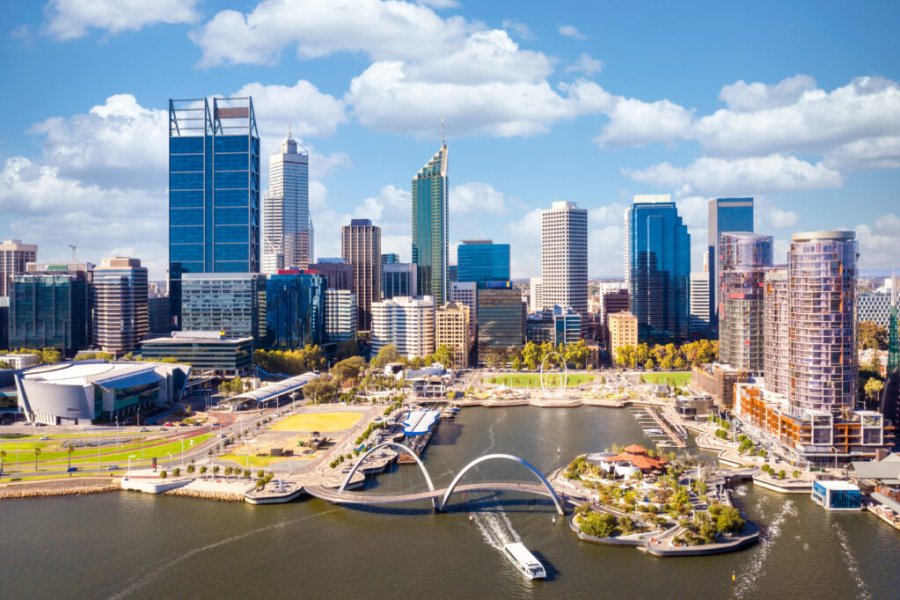Travel Guide Parque Nacional Volcán Turrialba
Find an accommodation
Advertising
Neighbor and twin brother of Irazú, Turrialba volcano (3,328 m) has been active since 2014 and this activity has increased since 2015. It is among the most closely watched volcanoes in Central America. A volcanic eruption sent the country into turmoil in May 2015. On September 22, 2016, the volcano recorded the most powerful eruption it had experienced in the last twenty years. Scientists from the country's Volcanological and Seismological Observatory had then noted a strong release of ash, which rose to almost 50 kilometers above sea level, forming a gigantic cloud broadcast by televisions around the world. Rocks weighing up to 4 kilos were propelled from the crater in a radius of one kilometer. In the whole southwest of the country, the population shook, so much so that the airport was closed several times for lack of visibility. The ashes reached San José about 60 km away. Tourists and residents were evacuated from the site and only a few diehards continue to live nearby. The three craters of the Turrialba volcano, surrounded by a park with few visitors, seemed to be deeply dormant since its last eruption in 1884. Fumaroles and hot air laden with sulfur were constantly emitting from them. In 2017, 2018 and 2019, the volcano again showed eruptive activity. The park obviously remained closed, and walks were then prohibited on its flanks. Since December 2020, and at the time of writing this guide, the Costa Rican authorities have reopened the park to the public! Accompanied by a guide, you will have to make a hike of about 5 km to reach its summit. Three main craters stand out. The first one is the oldest and the second one is covered at the bottom with a whitish layer, a little bluish, of sediments and salt. It emits hot air. The third, the main crater, emits a lot of fumaroles that can be observed from the trails. If the weather is clear, you will enjoy a spectacular view of the Caribbean coast and the Pacific Ocean. Often the great forgotten of the travel itineraries, the volcano is however the paradise of the adventurers! Finally, don't hesitate to go up on the opposite sides of the volcanoes, on the other side of the city of Turrialba, to observe this mastodon under its most beautiful day.
What to visit Parque Nacional Volcán Turrialba?
Advertising
Suggested addresses Parque Nacional Volcán Turrialba
Weather at the moment
Advertising
Organize your trip with our partners Parque Nacional Volcán Turrialba
Transportation
Book your plane tickets
Car Rental
Boat rental
Accommodation & stays
Find a hotel
Holiday rental
Find your campsite
Tailor-made trip
Immersion travel
Services / On site
Activities & visits
Find a doctor
Find unique Stay Offers with our Partners
Pictures and images Parque Nacional Volcán Turrialba
There are currently no photos for this destination.
Other destinations nearby Parque Nacional Volcán Turrialba
25 km away




